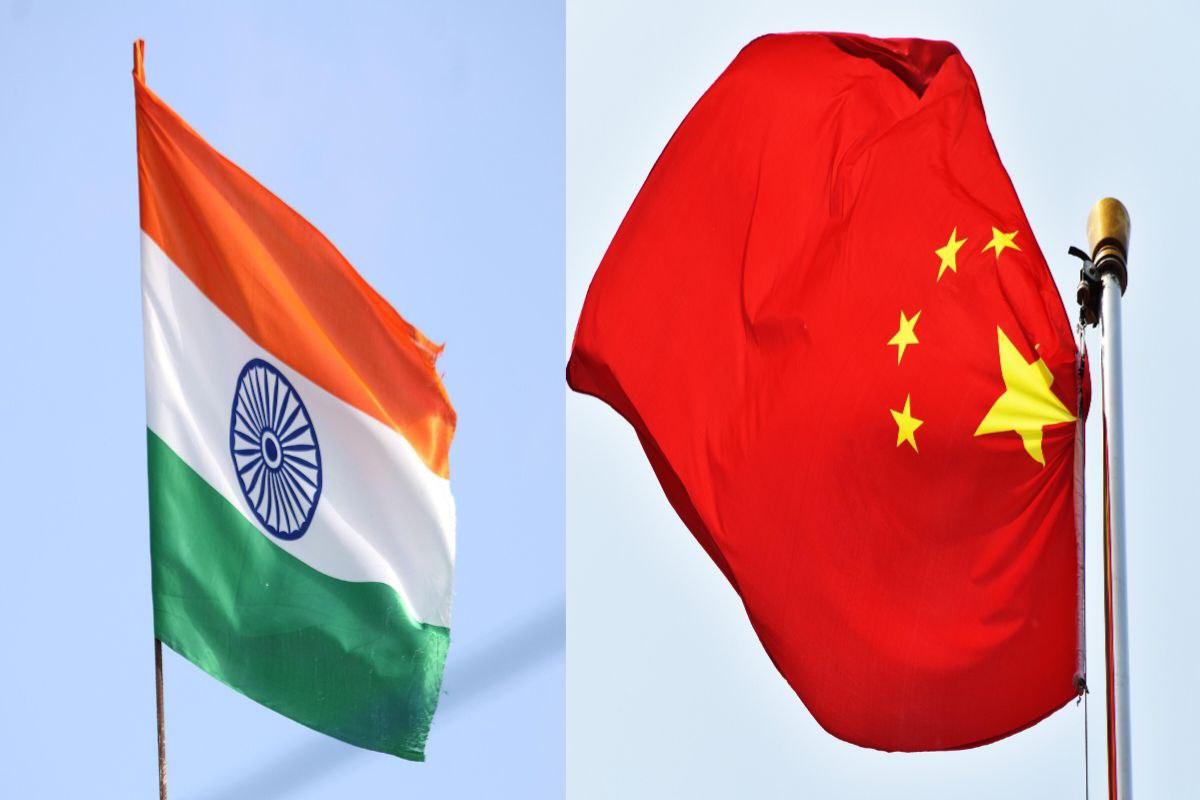
China’s state-affiliated publication, Global Times, recently expressed concern over India's growing efforts to eliminate Chinese components from its defence manufacturing ecosystem. The opinion piece attempts to caution India against policies that limit Chinese involvement in strategic sectors, suggesting such moves could raise production costs and disrupt supply chains.
But what is behind this sudden concern from China? And why is India firm on continuing this path? This article explores the broader picture, providing a comprehensive view of the geopolitical, economic, and national security factors shaping India’s decisions.
What the Global Times Reported
Citing Indian media sources, the Global Times claims that India has begun reviewing its supply chains to identify and possibly eliminate Chinese-origin components used in defence systems. The publication interprets this as a political move, arguing that some forces in India view China as a “primary adversary,” referencing India's "two-and-a-half front" military strategy that includes threats from China, Pakistan, and internal insurgencies.
It further argues that:
Completely removing Chinese components goes against global manufacturing norms.
Such a move could reduce efficiency, increase production costs, and delay projects.
Chinese-made parts might still be embedded in equipment imported from countries like the US, Russia, Israel, and France, as China plays a central role in global supply chains.
Over-politicization of trade and technology decisions could harm India's economic interests and derail improving bilateral ties.
India should approach China in a neutral, rational manner, avoiding unnecessary militarization of economic relations.
India’s Strategic Shift Toward Self-Reliance
India’s policy shift is neither reactionary nor symbolic. It is a calculated, long-term strategy aimed at securing national interests and strengthening domestic capabilities in sensitive sectors. Here's how India is responding to this narrative and what it stands to gain:
Review of Defence Supply Chains
Indian authorities are now requiring defence equipment manufacturers to disclose all components used in their products, even down to the level of screws and sub-assemblies. A review mechanism is being established to:
Assess potential cybersecurity risks from Chinese-origin parts.
Prevent any foreign surveillance or interference during operational use.
Ensure full transparency and accountability in military procurement.
Specific areas of focus include drone systems, surveillance equipment, radar systems, and communication hardware.
Institutional Frameworks and Guidelines
The Indian Army Design Bureau has proposed a regulatory framework that restricts the use of Chinese components in drones. Approval for this structure is underway. CCTV systems and other electronic devices used in strategic installations are also under scrutiny. The goal is to prevent any external system manipulation or data interception during peacetime or conflict.
Policy Backing from Defence Ministry
India’s Ministry of Defence has implemented strict procurement guidelines under the 'Make in India' and 'Aatmanirbhar Bharat' initiatives. These directives prioritize:
Indigenous suppliers over foreign vendors.
Elimination of Chinese hardware from defence-related applications.
Vetting of third-party imports that may indirectly include Chinese-origin parts.
This policy isn’t limited to direct imports. Even components routed through other nations are being inspected thoroughly.
Security, Not Symbolism
India's actions are grounded in national security considerations. Removing Chinese components significantly reduces vulnerabilities such as:
Remote control risks during active military operations.
Signal jamming or backdoor surveillance by foreign entities.
Manipulation or disabling of critical hardware through cyber means.
By increasing transparency and securing its defence supply chain, India ensures greater control over mission-critical infrastructure.
Resilience During Global Disruptions
Geopolitical conflicts like the Russia-Ukraine war have shown how supply chains can be disrupted suddenly. India has learned that overdependence on foreign suppliers during global crises could delay defence equipment deliveries or affect readiness.
By developing in-house manufacturing capabilities, India reduces exposure to these global uncertainties and enhances long-term preparedness.
India’s Emergence as a Defence Exporter
The shift toward indigenous production has not just ensured self-reliance but also turned India into a global player in defence exports.
Between 2004 and 2014, India’s defence exports totaled ₹4,312 crore.
From 2014 to 2024, exports surged to ₹88,319 crore.
India currently exports defence equipment to over 80 countries.
Defence production has increased by more than 170%, boosting both the economy and strategic influence.
Growth of Domestic Industry and Innovation
India’s MSMEs and startups are playing an increasingly vital role in the defence sector. Institutions like the Army Design Bureau and DRDO are working with private manufacturers through technology transfers to accelerate innovation and production.
Indigenous innovation is being encouraged through structured partnerships.
Private sector involvement is increasing in manufacturing and systems integration.
Products developed in India are now being supplied to global clients.
This ecosystem not only reduces import dependency but also boosts local job creation, technological advancement, and strategic autonomy.
Why China’s Concern Is Telling
The tone adopted by Global Times—a blend of warning and soft diplomacy—reflects China's discomfort. India’s defence strategy signals a significant shift away from dependency on Chinese-origin systems, diminishing China’s long-held leverage in this space.
This move is particularly impactful as India strengthens its global position—not just as a defence buyer, but as a credible exporter. As global trust in China's digital and hardware infrastructure declines, India’s insistence on security-driven procurement gains even more relevance.
India’s removal of Chinese components from its defence ecosystem is not a short-term measure or a symbolic reaction—it is a strategic realignment. While China warns of rising costs and disrupted efficiency, India is focused on security, resilience, and long-term independence.
The transformation from a defence importer to an emerging exporter, with strong domestic capabilities, is a sign of India's maturing industrial base. The growing discomfort in Chinese media only underscores how effective and forward-looking these policies have become.
India is not looking back. Its focus is clear: secure, indigenous, and self-reliant defence systems that support both national interests and global partnerships.
Disclaimer:The views and information presented in this article are based on publicly available sources, news reports, and expert analysis. This content is intended for informational and educational purposes only and does not reflect the official position of any government or organization.




